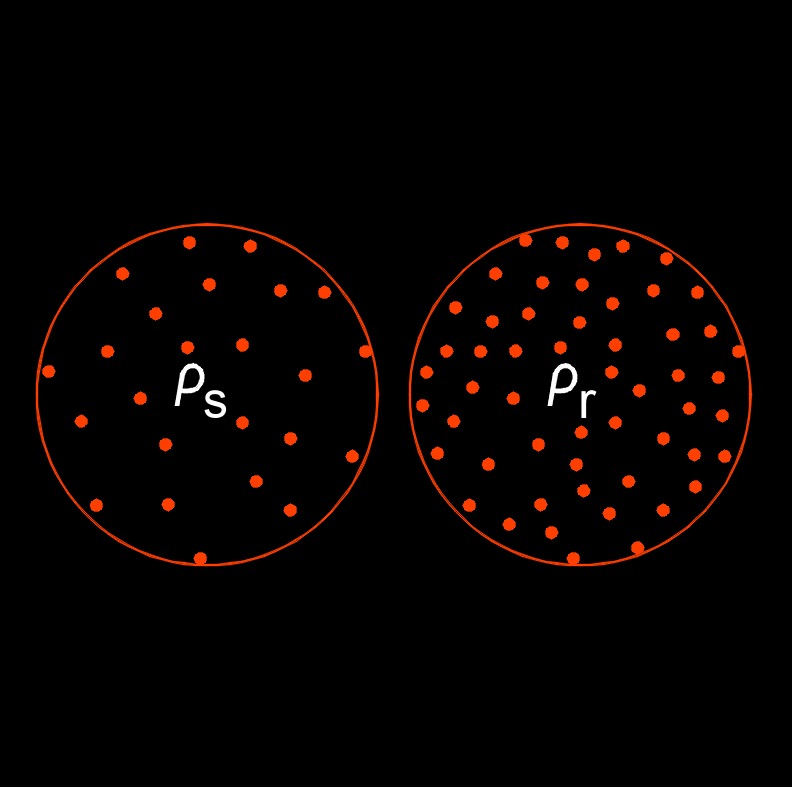Relative Density
Relative Density Formula |
||
|
\( D_r \;=\; \dfrac{ \rho_s }{ \rho_r }\) (Relative Density) \( \rho_s \;=\; D_r \cdot \rho_r \) \( \rho_r \;=\; \dfrac{ \rho_s }{ D_r } \)
|
||
| Symbol | English | Metric |
| \( D_r \) = Relative Density | \(dimensionless\) | \(dimensionless\) |
| \( \rho_s \) (Greek symbol rho) = Substance Density | \(lbm \;/\; ft^3\) | \(kg \;/\; m^3\) |
| \( \rho_r \) (Greek symbol rho) = Reference Substance Density | \(lbm \;/\; ft^3\) | \(kg \;/\; m^3\) |

Relative density, abbreviated as RD or \(D_r\), a dimensionless number, often interchangeably called specific gravity, it expresses how dense a substance is compared to a reference material. It is calculated by dividing the density of the substance in question by the density of a standard reference substance. For liquids and solids, the reference material is almost always water, typically at 4°C (the temperature at which water is most dense), while for gases, dry air is commonly used as the reference. Because relative density is a ratio of two densities with the same units, the units cancel out, making it a pure number without any units. This value provides a quick indication of whether a substance will float or sink in the reference material, if the relative density is less than 1, the substance is less dense and will float, if it's greater than 1, it's denser and will sink, and if it's exactly 1, it has the same density as the reference.
In geotechnical engineering, relative density is commonly used to classify soils and assess their engineering behavior, including compaction characteristics, shear strength, and settlement potential. It provides insights into the density and arrangement of soil particles, which influences the soil's mechanical properties and response to applied loads. In other fields, such as materials science and fluid dynamics, relative density can refer to the ratio of the density of a substance to the density of a reference substance, which is typically water. This value is also referred to as specific gravity and is often used for comparing the densities of liquids and solids.

